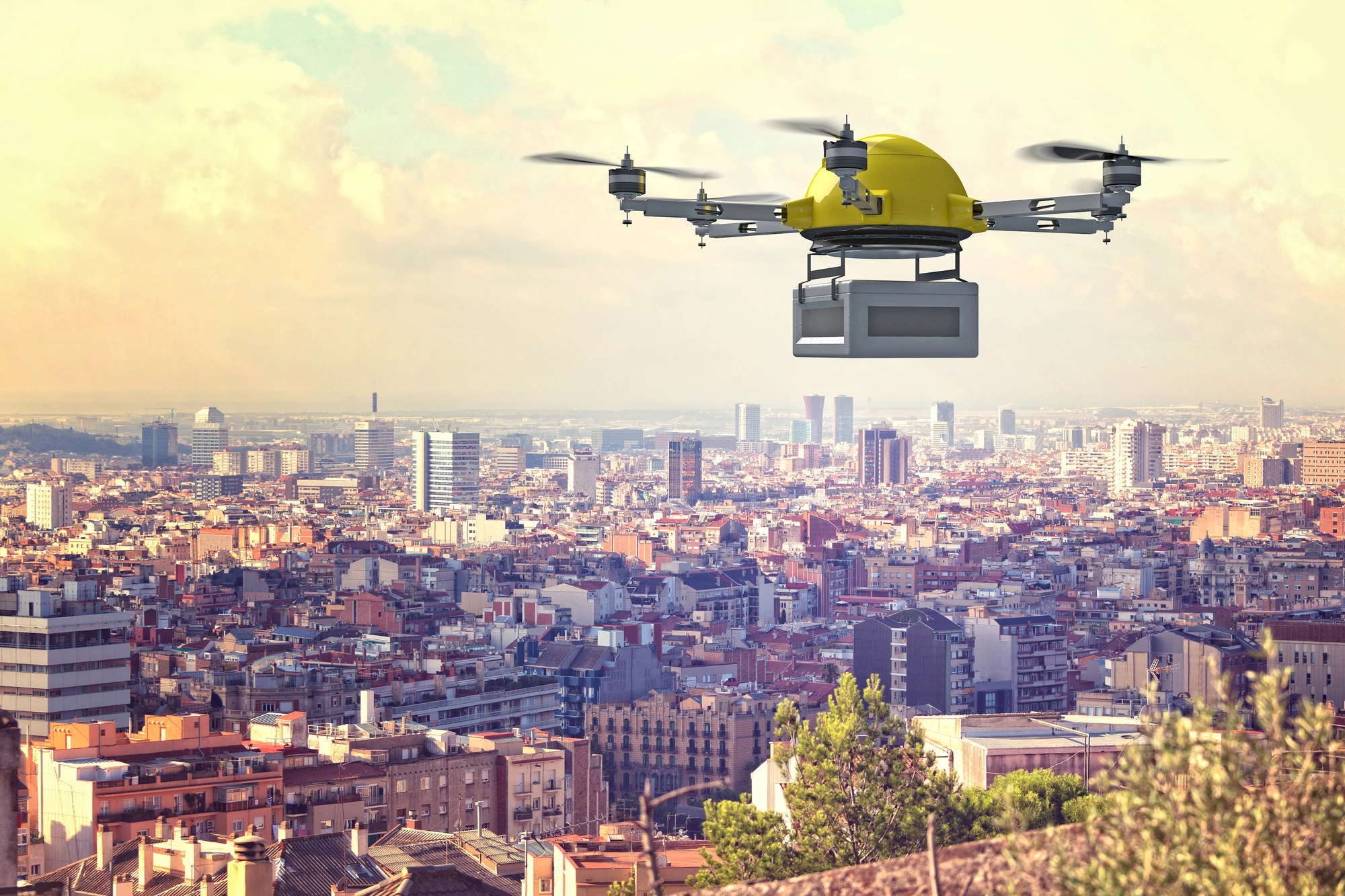One of the reasons that we're still not seeing delivery drones in common use lies in the fact that they can only fly for about half an hour per battery-charge. According to a new study, though, their range could be extended if they hitched rides on top of buses.
Led by associate professors Mykel Kochenderfer and Marco Pavone, a team at Stanford University started by creating computer models in which drones were making deliveries in North San Francisco and Washington, DC. These models incorporated the existing public bus networks, with up to 200 drones per city delivering as many as 5,000 packages.
Each aircraft started out at a depot, where a package was loaded onto it. If its destination was within battery range of the depot, the drone could fly directly to and from that location. If it was farther, though, the drone flew to a bus stop where it landed on top of a bus that covered much of the distance. Once the bus reached a stop within range of the destination, the drone flew off to it.
Because there was more than one depot in each city, any one drone could either return to its originating depot, or travel on to a different one where another package was waiting for it. With this in mind, the model determined which drones should make which deliveries, and in what order. In all cases, the system was aimed at minimizing the amount of time that each delivery took.
As a result, the longest delivery time in North San Francisco was under an hour, while it was less than two hours in Washington. Additionally, in both cities, the drones were able to quadruple their effective flight range.
"Delivery drones are the future," says Kochenderfer. "By using ground transit judiciously, drones have the potential to provide safe, clean and cost-effective transport."
A somewhat similar system has been proposed by several companies – including Mercedes, HorseFly and Workhorse – in which delivery drones would hitch rides on top of delivery vans.
Source: Stanford University via EurekAlert




